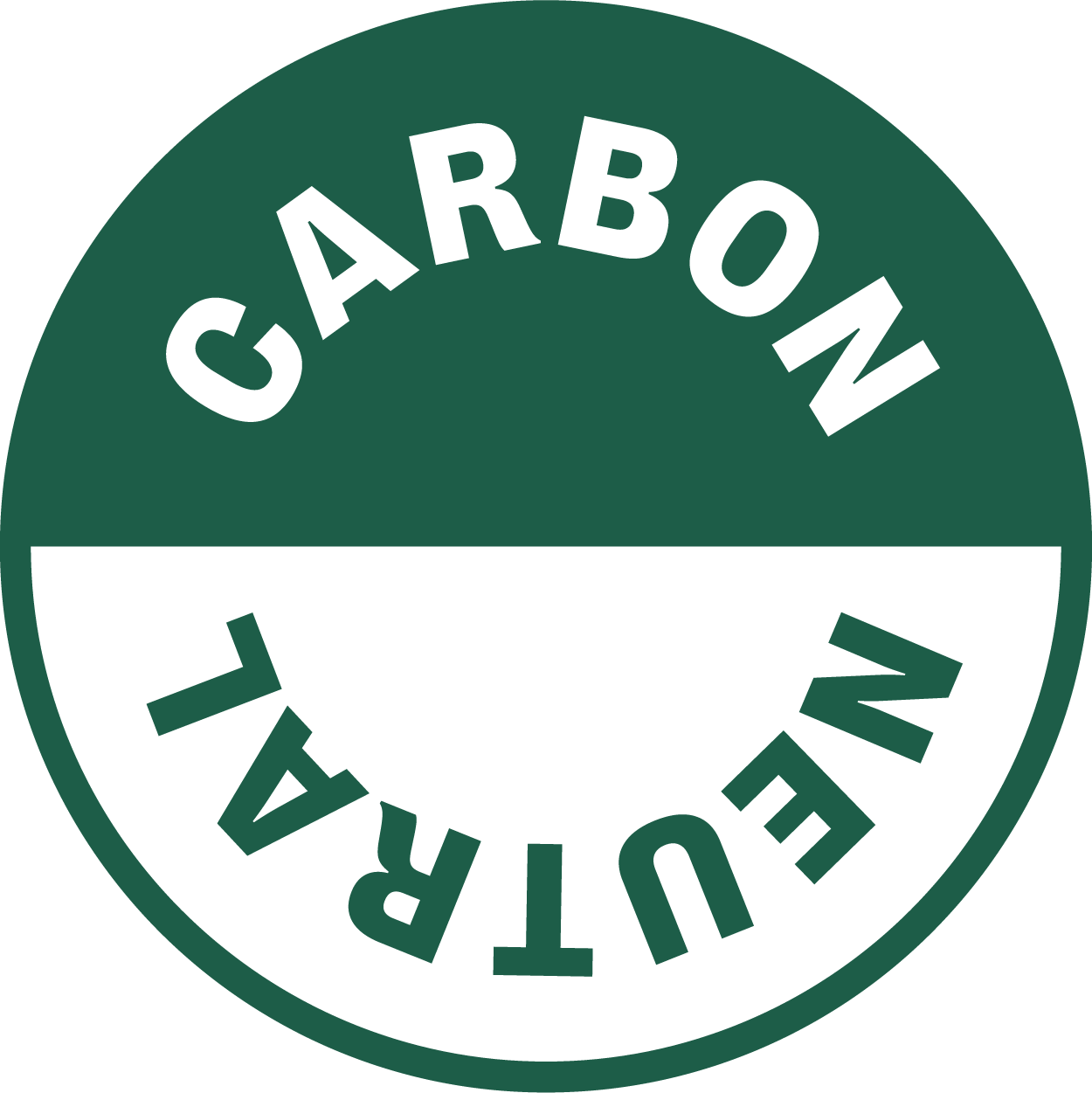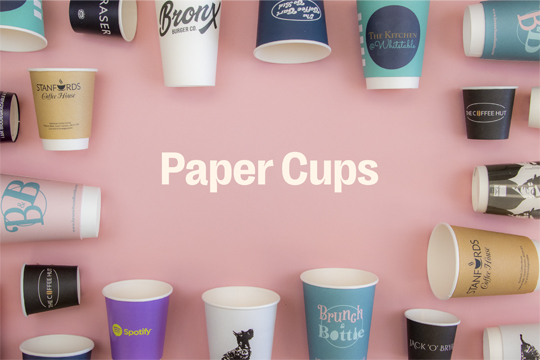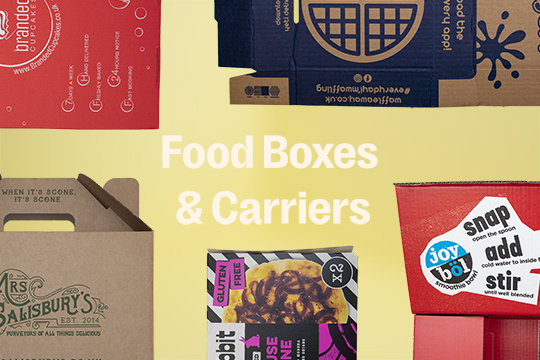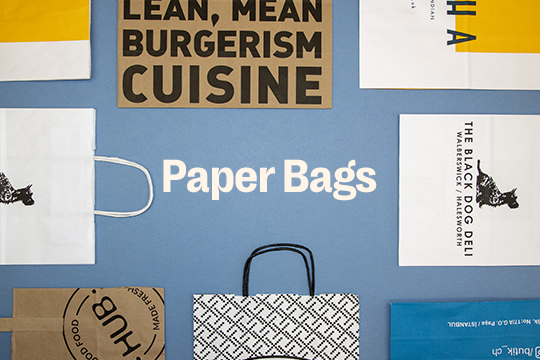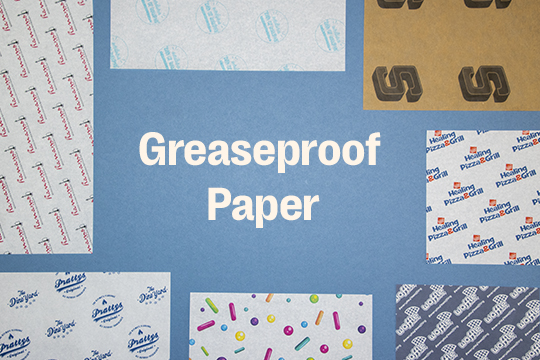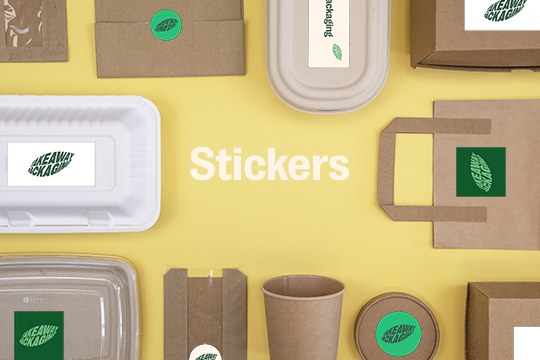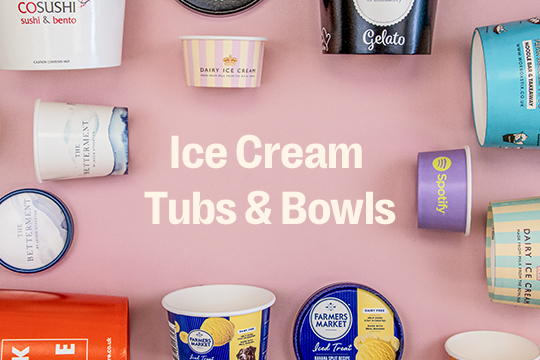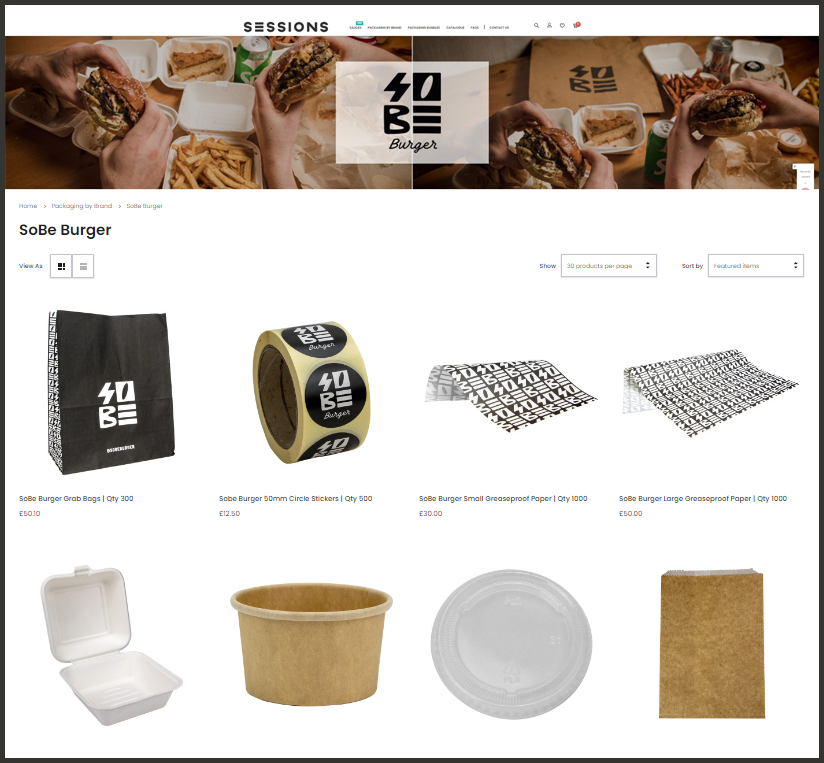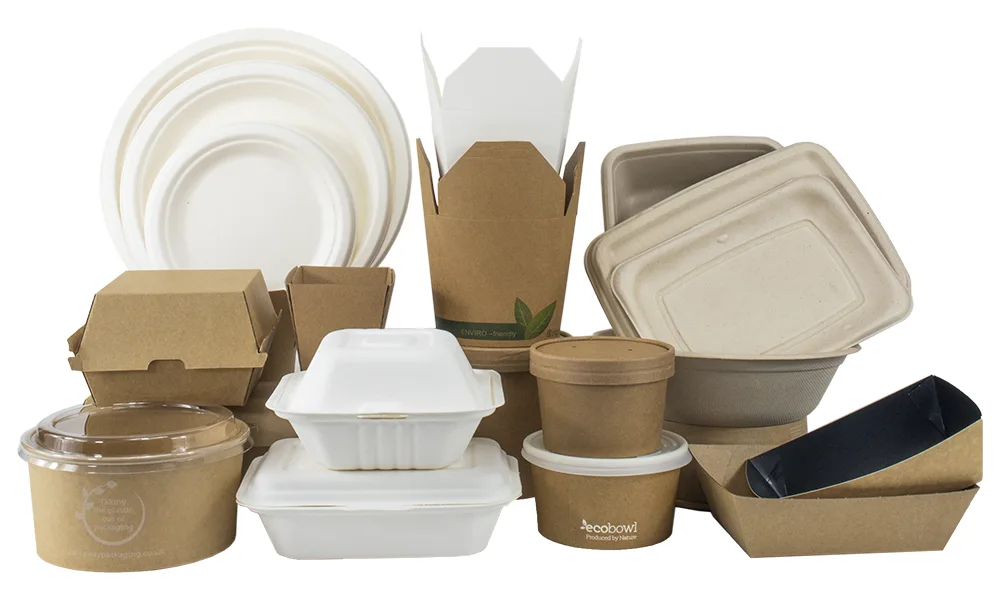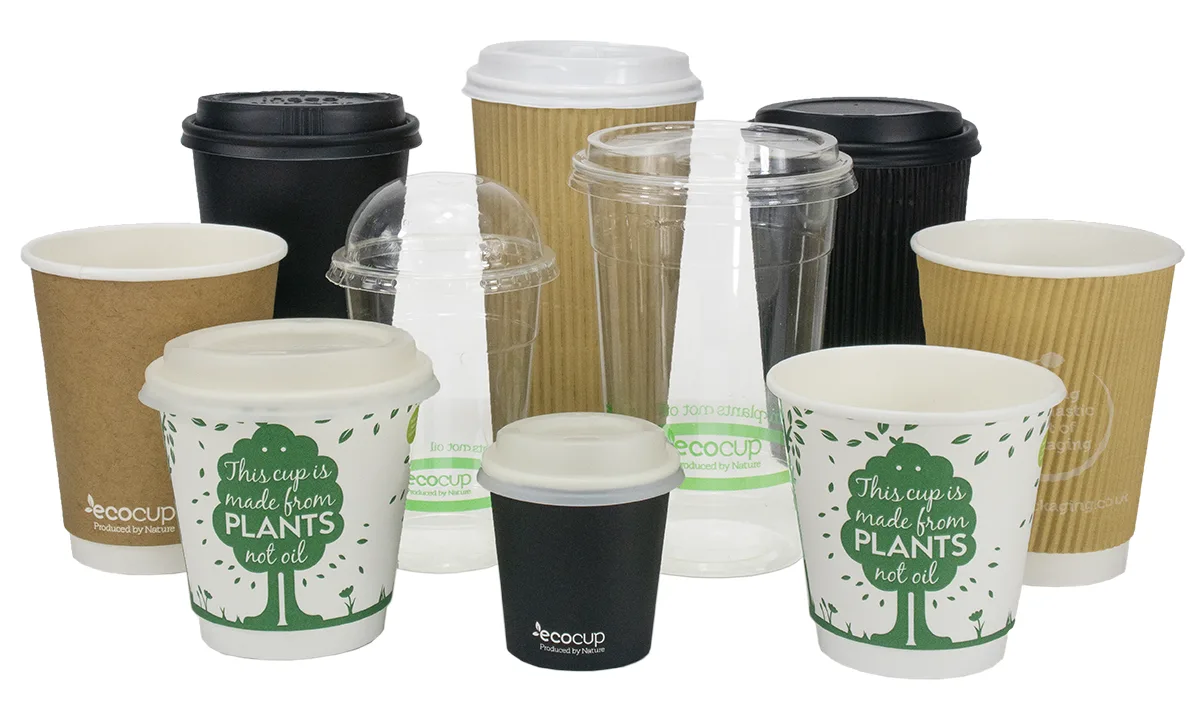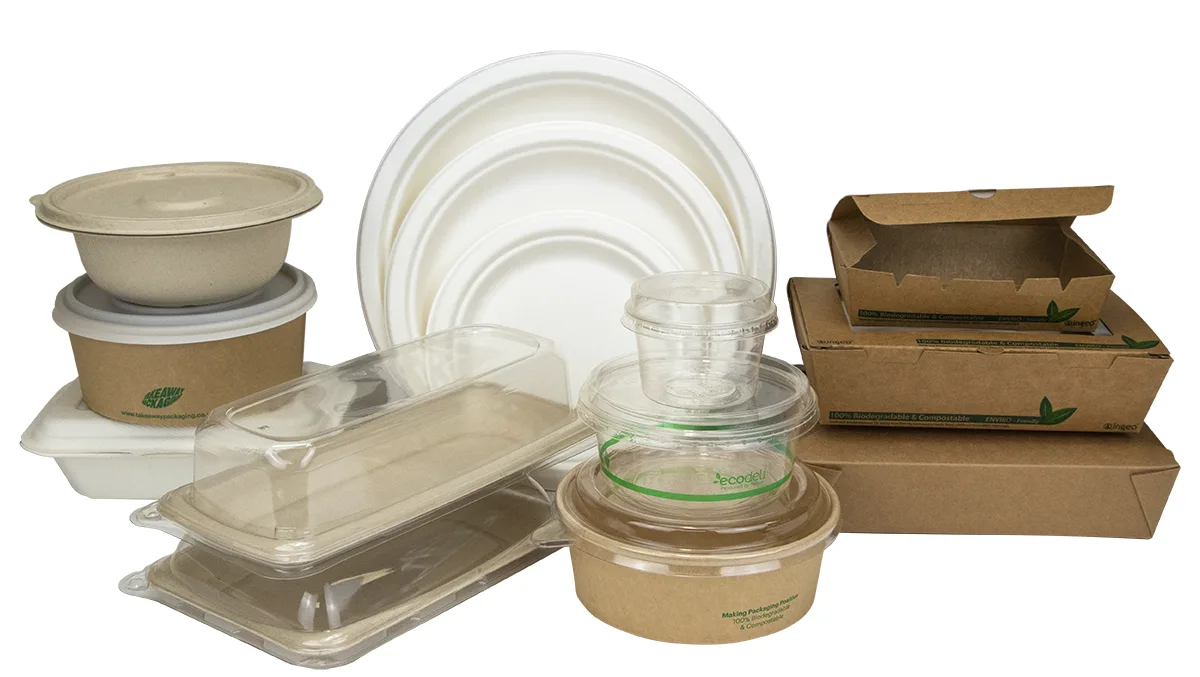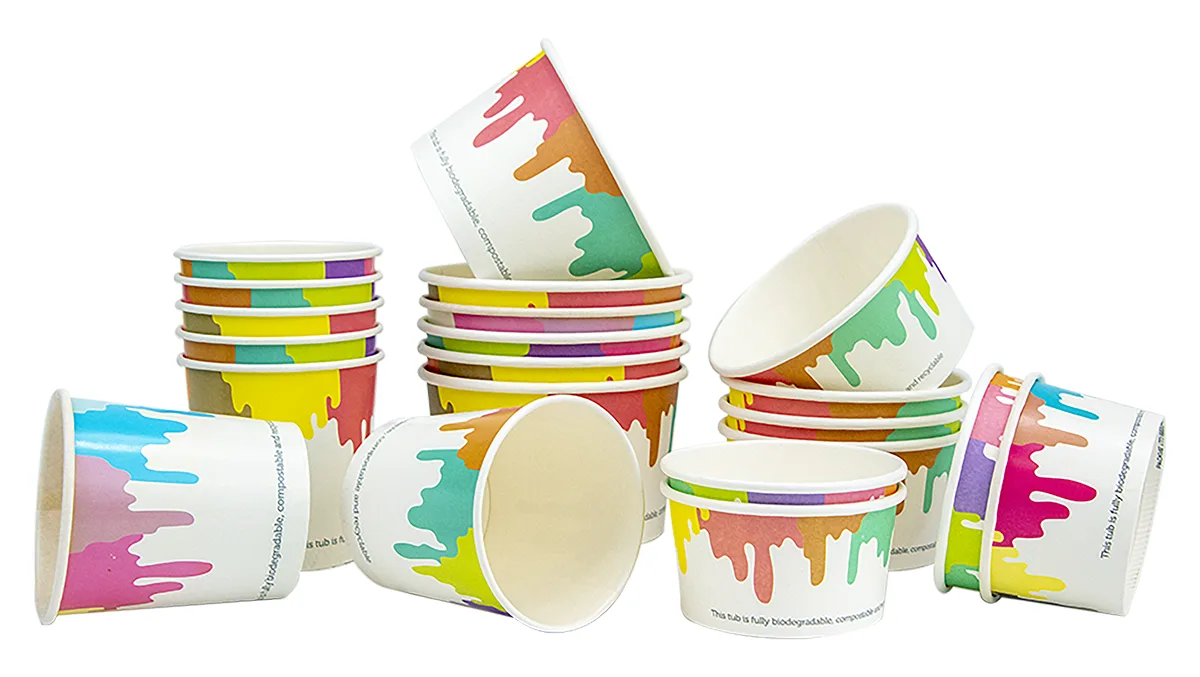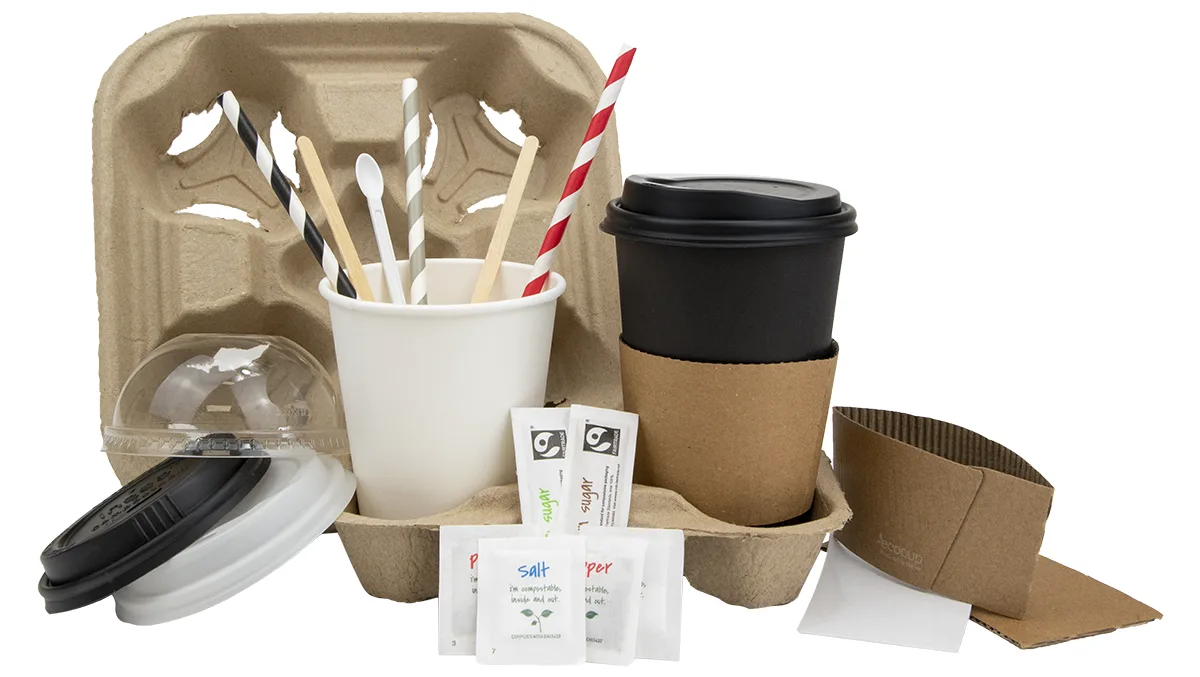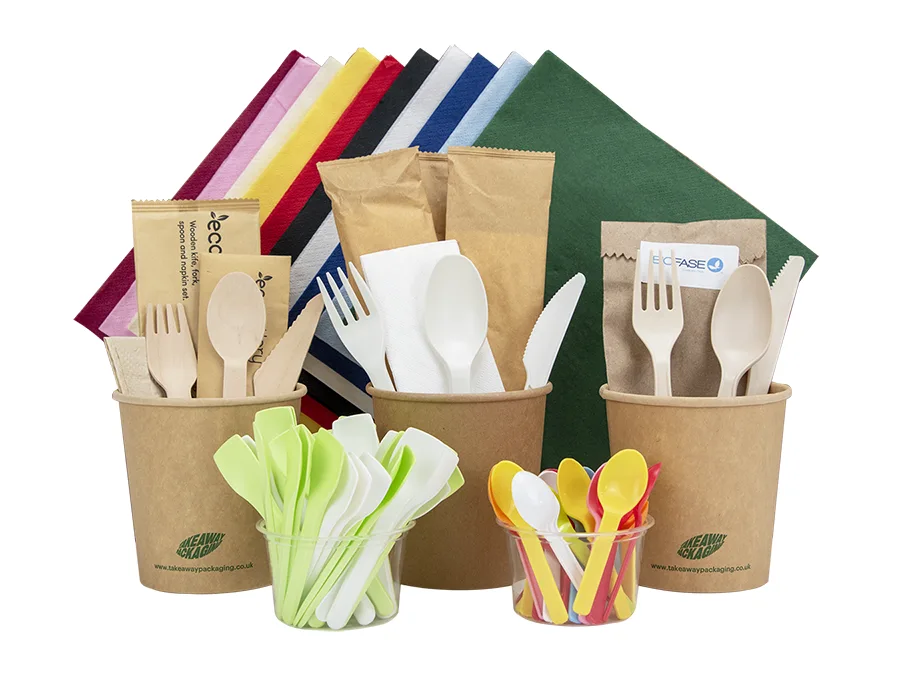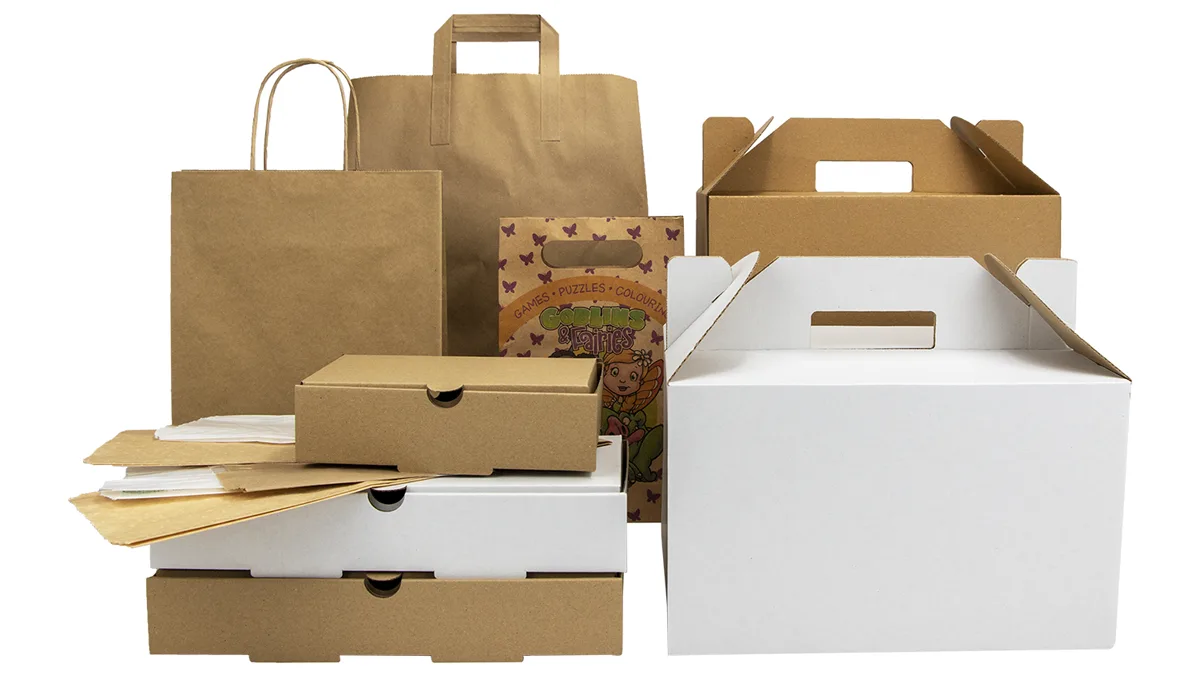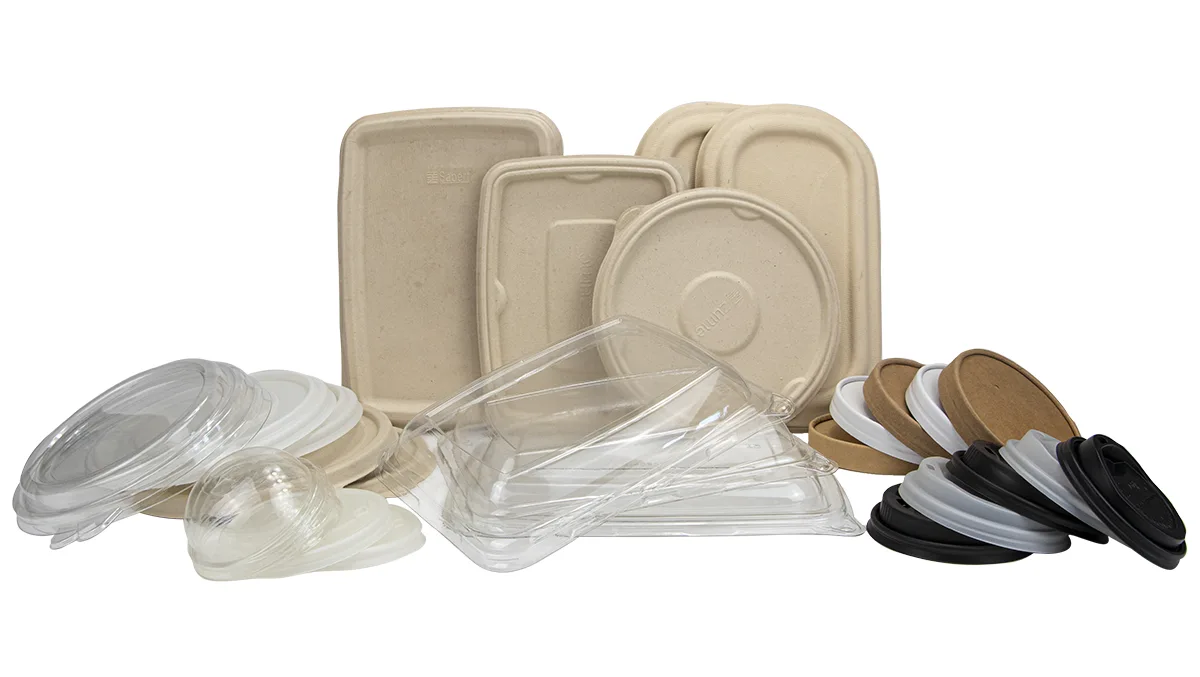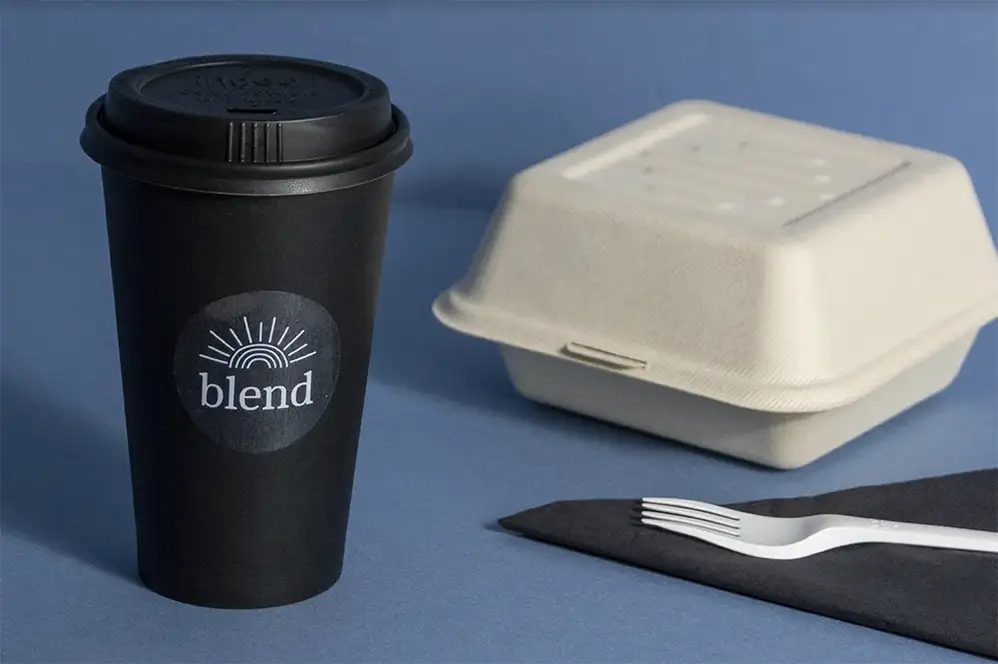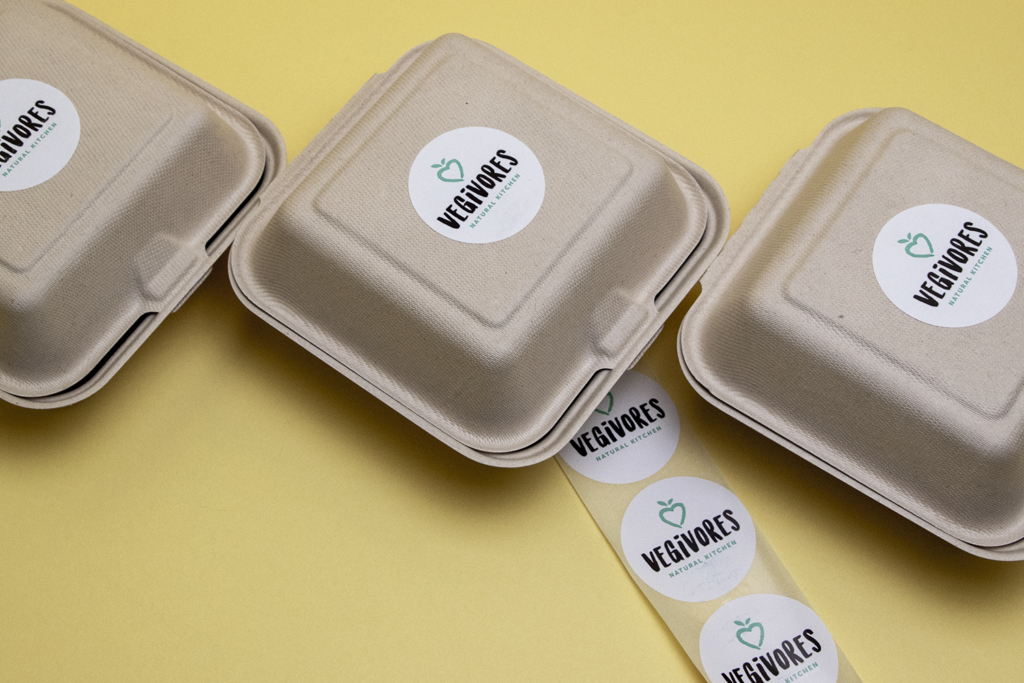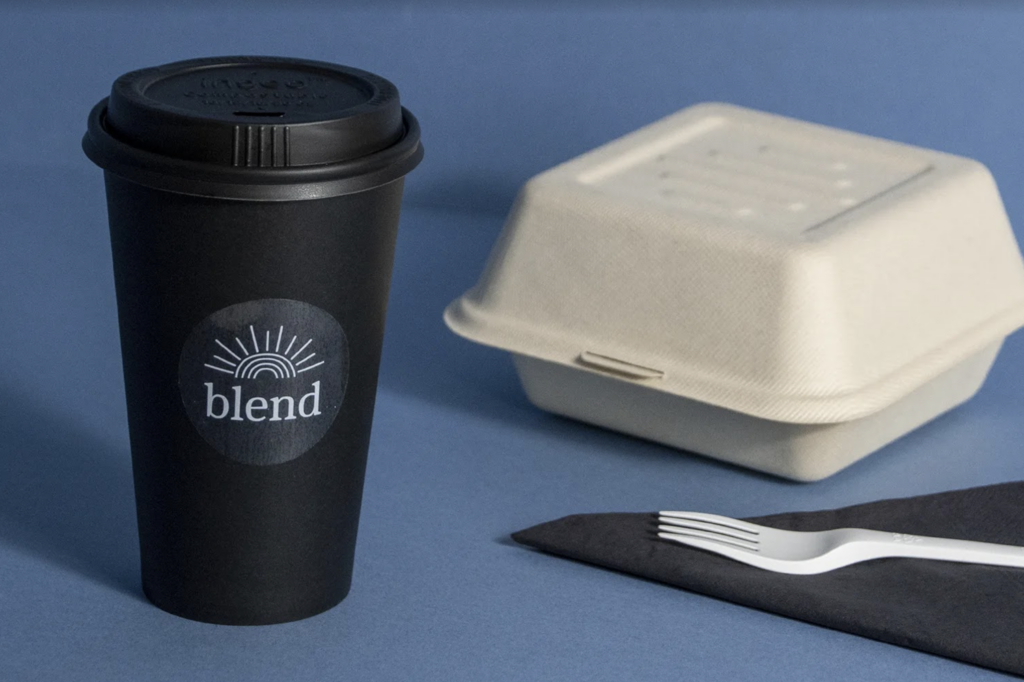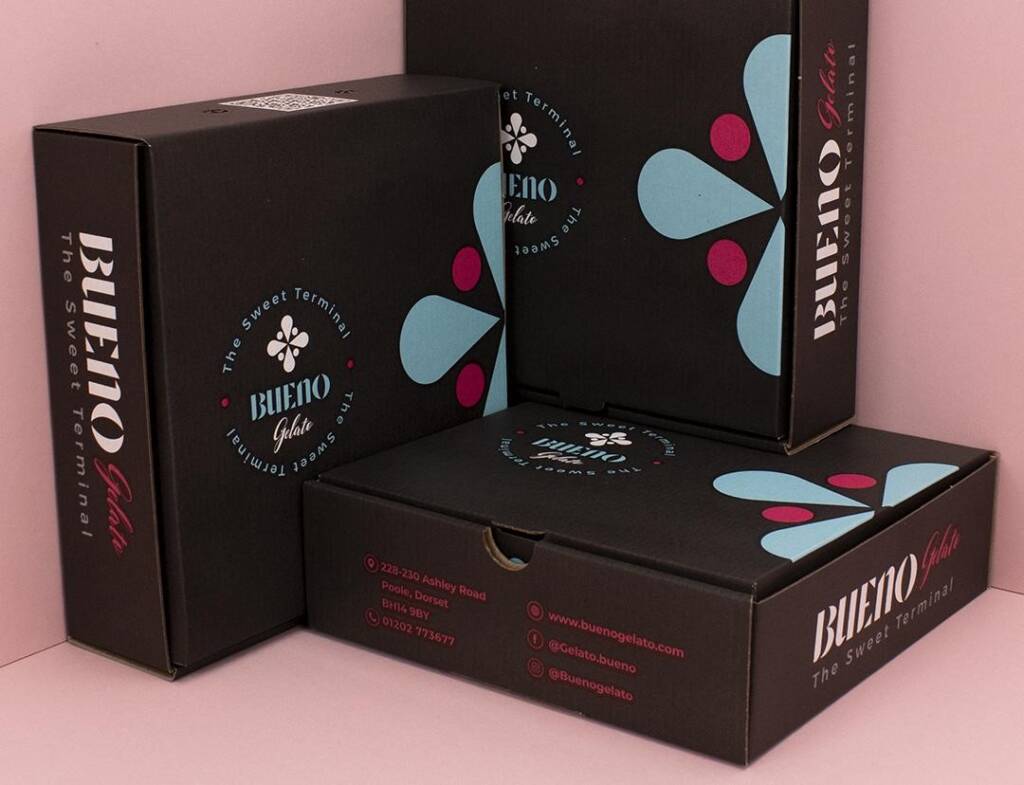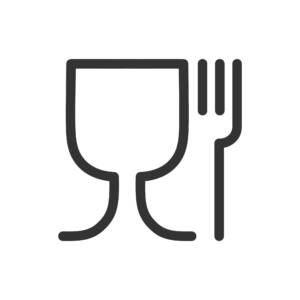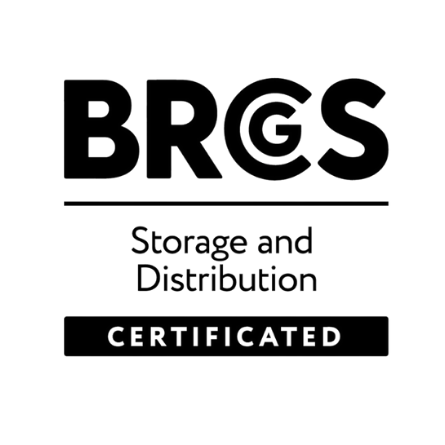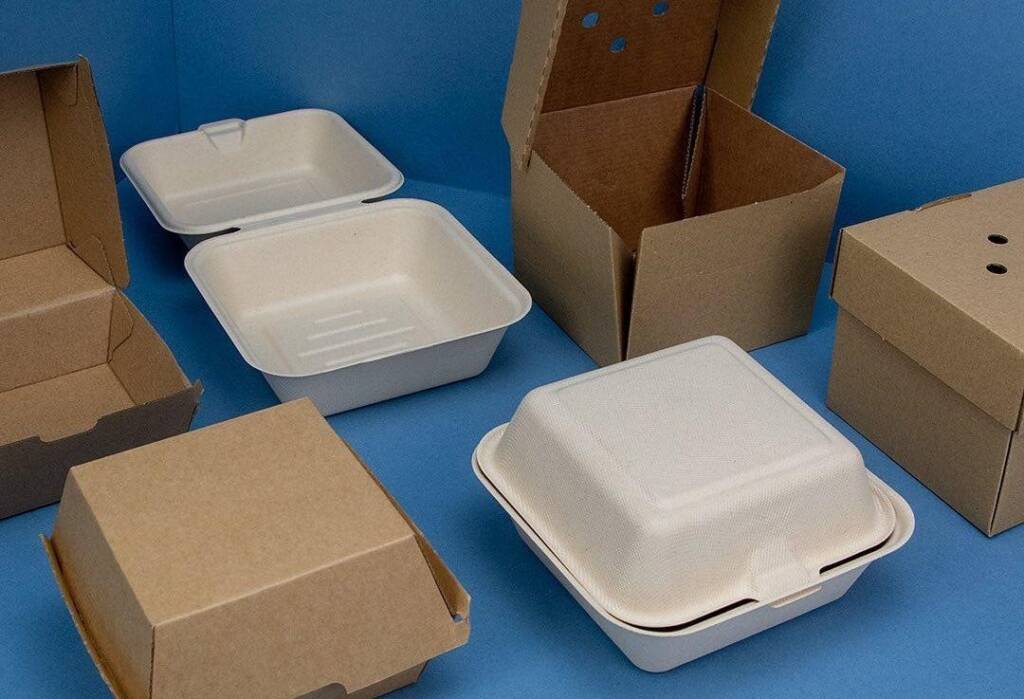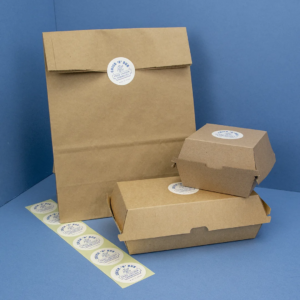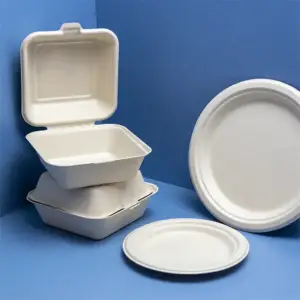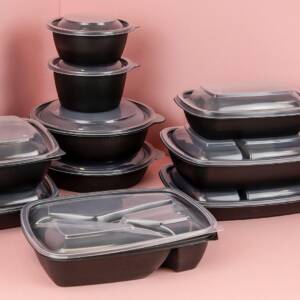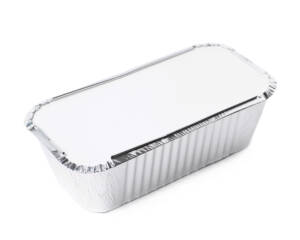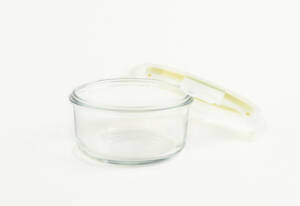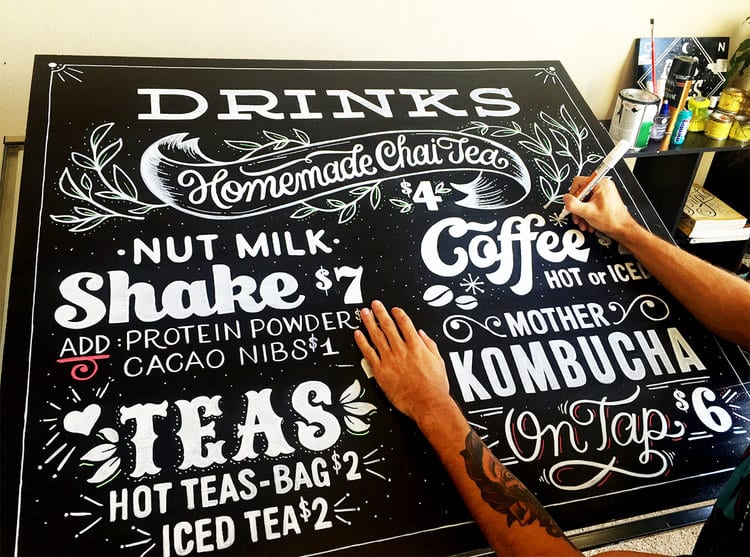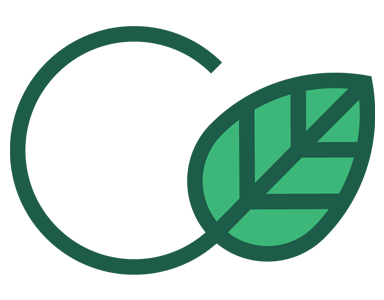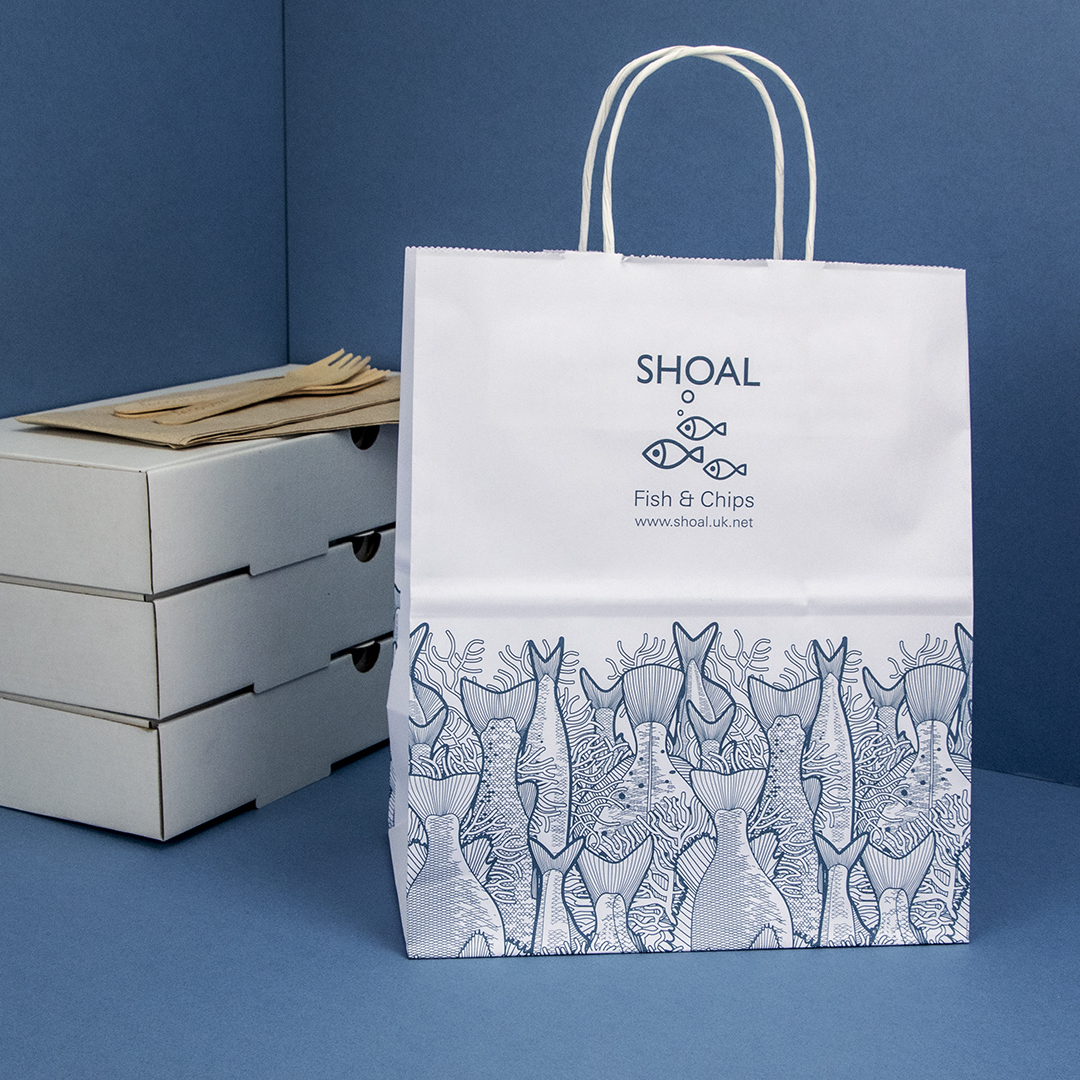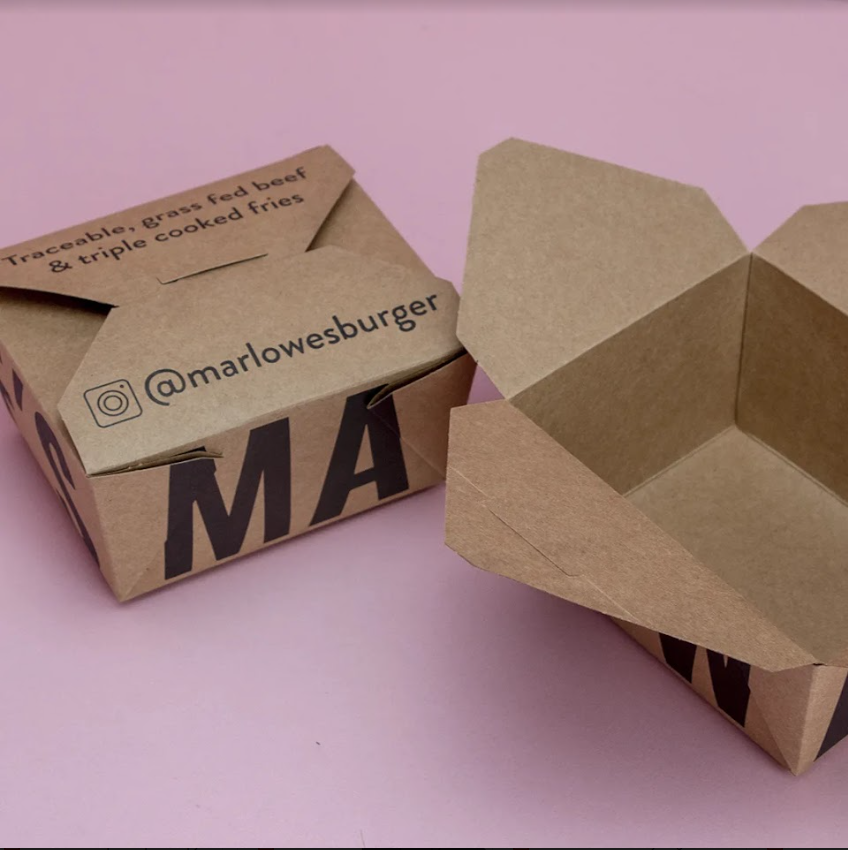Food packaging is available in a multitude of materials. Each packaging material has its benefits and drawbacks, so what makes food-grade packaging different?
Now that single-use plastic cutlery and plates are to be banned, businesses in the food service sector need to reevaluate their packaging, make sure it’s safe for use with food, and understand the importance of food-grade packaging.
As the UK’s leading food packaging experts, we’ll help you get the packaging you need to serve your food safely and sustainably. Let’s get started!
Related: Food Packaging Symbols Explained
What Does Food-Grade Mean in Packaging?
Food-grade is a term used to describe packaging designed to come into contact with food items. Food-grade packaging is manufactured and stored in a way that keeps it safe and hygienic for use with food or beverages.
The materials used to create food-grade packaging need to be non-toxic so that harmful chemicals don’t leach into the food they’re protecting. These materials need to meet industry standard benchmarks to ensure that consumers are protected, so it might surprise you that not all packaging used for food is made to this standard by default.
What’s the Difference between Food-Grade and Food-Safe?
While the terms “food-grade” and “food-safe” are used somewhat interchangeably, they don’t necessarily mean the same thing:
Food-grade refers to materials and products that are safe for use in contact with food. The packaging materials meet certain government regulations and standards set by agencies such as the FDA (Food and Drug Administration) in the US or the Food Standards Agency (FSA) in the UK. These regulations ensure that the materials and products are safe for use with edible products and that they are manufactured under strict guidelines and quality controls to ensure their safety.
Food-safe, on the other hand, refers to materials and products that are safe to use with food products and will not contaminate or affect the quality of the food in any way. This means that the materials or products are free of harmful chemicals or toxins and will not leach any substances into the food.
Essentially, all food-grade materials and products are considered “food-safe”, but not all food-safe materials and products are necessarily “food-grade”.
Discover food-grade packaging in our online shop.
How Can You Tell If Packaging Is Food-Grade?
As per official food hygiene standards, “food must be transported in packaging or containers that protect it from contamination”. Since not all food packaging is food-grade or food-safe, how do you determine if your packaging is safe for use?
There are a couple of easy ways to tell:
Our storage facilities have an AA rating for BRCGS (Brand Reputation Compliance Global Standards) accreditation. This rating means our stock is stored in a warehouse that must maintain high food safety standards. Restaurants, supermarkets and other large retailers recognise the BRCGS accreditation as proof of appropriate food safety measures.
Related: Natasha’s Law for Food Packaging
Why Is Food-Grade Packaging Important?
Using food-grade packaging isn’t simply a matter of compliance. There are numerous other advantages to using packaging that’s safe for use with food:
1. Food Safety
Food-grade packaging protects food products from contamination and preserves their freshness. Food-grade materials help to keep food products safe to eat by protecting them from external factors such as light, oxygen, moisture, and temperature changes.
2. Quality Preservation
Not only does food-grade packaging prevent the growth of harmful bacteria and other microorganisms, keeping food-safe to eat, but it also helps maintain the appearance, flavour, and nutritional value of food products.
3. Compliance with Regulations
Businesses serving food and beverages need food-grade packaging to comply with various regulations and guidelines, such as those set by the Food Standards Agency (FSA). This ensures that food products are fit for human consumption, whether sold in supermarkets or at food stalls.
4. Environmental Protection
Food-grade packaging has an environmental function too. It helps prevent food waste by keeping food fresher for longer, but it’s predominantly created using eco-friendly materials such as bioplastics, Kraft, cardboard and paper, as well as other plant-based materials like bagasse.
5. Brand Reputation
Using food-grade packaging can help to uphold your reputation by maintaining high standards for food safety and professional presentation. In the way you can use your food hygiene rating to promote your business, developing a reputation for providing safe, high-quality food products and packaging can increase customer loyalty and sales.
Related: Why Are Phthalates So Dangerous?
Examples of Food-Safe Packaging Materials
Food packaging standards must be upheld so that customers are safe when they use food containers and cutlery. The good news is that several different materials can be considered food-grade, pending carefully managed manufacturing, testing and certification.
Related: The Best Packaging Materials for Takeaway Food and Drinks
Buying Food-Grade Packaging Online
Food-grade packaging keeps your customers safe while protecting your business and the environment. With Takeaway Packaging, you can maintain the highest food safety and hygiene standards with our sustainable food and drinks packaging. We stock a wide selection of custom branded food boxes and carriers suitable for all kinds of cuisine!
Discover stylish and sustainable food-grade packaging with the UK’s eco-friendly food packaging experts. Get in touch for more information and a free, no-obligation branded packaging quote. Drop us an email or call 01753 655344.

